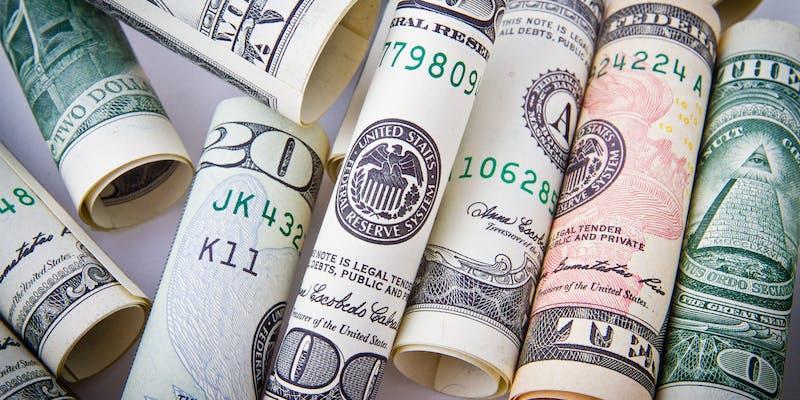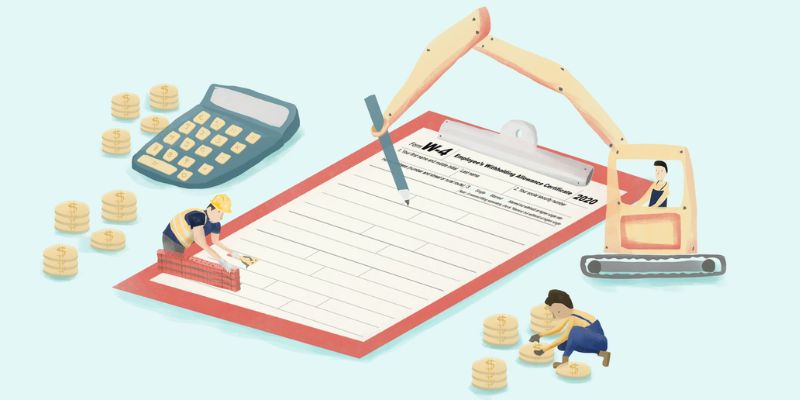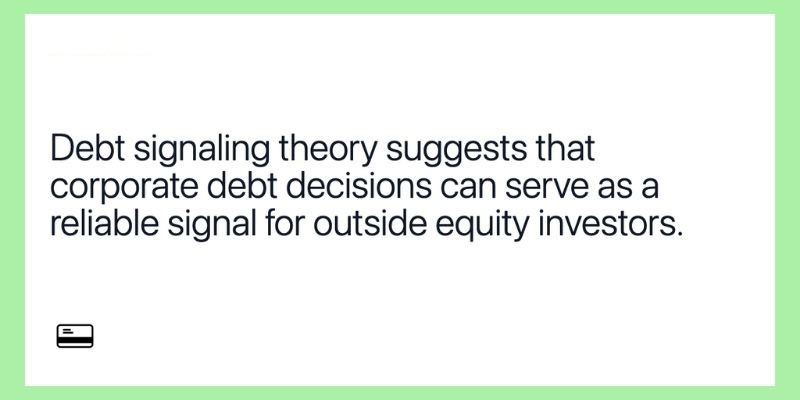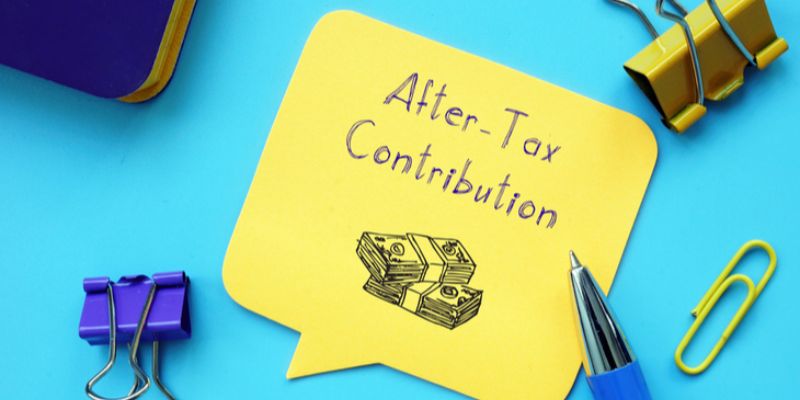Bonds, Inflation, and Interest Rates Decoded
Dec 15, 2024 By Rick Novak
Best Interest rates and inflation are closely related in finance. Bonds depend on their relationship. Fixed-income assets are affected by inflation. Inflation reduces a bond's fixed interest payments' buying power and value. Bondholders may lose money when inflation rises and fixed-interest payments become less desirable. This affects the bond market and can raise interest rates to offset inflation. Investors must understand this interaction to make smart bond investing and financial decisions.
Interest rates
Interest rates set by central banks like the US Federal Reserve shape a nation's economy. These rates affect borrowing costs and savings account returns, affecting people and the economy. The best Interest rate setting and adjustment by the central bank is to control inflation, regulate the money supply, and boost economic growth.
Economic Cycles and Interest Rates
Central banks use interest rates to manage economic cycles. Central banks cut interest rates and recession. This technique encourages borrowing, lowers loan costs, and boosts consumer and company expenditure. Central banks hope to increase economic development by making borrowing more accessible for households and businesses.
Interest Rates Control Inflation
In times of strong economic growth or high inflation, central banks may boost rates. This strategy reduces expenditure and borrowing to avert demand-pull inflation. Central banks reduce inflation by raising borrowing costs to curb consumer and business expenditures.
Balancing Act
Central banks must constantly monitor economic trends and modify interest rates. They manage inflation within a defined range and promote sustainable economic growth to maintain a stable economy.
Bonds

Governments and companies raise funds via bonds. The 'issuers,' or debt securities, can borrow money from investors. In exchange, issuers promise to repay bondholders at a later date. Government and private sector bonds are essential for capital raising and financing.
Bond Types
Corporate and government bonds are the main types. Government bonds are issued by national, state, and municipal governments and backed by taxation or printing money. However, firms issue corporate bonds to generate capital for growth or debt refinancing. The issuer's financial health determines corporate savings bonds repayment, which is credit risk.
Cashflows and Coupon Rates
Bonds provide future cash payments, including interest and principal at maturity. These interest payments are called the 'coupon rate.' Bondholders get a predetermined nominal amount yearly or semi-annually as the coupon rate. It's usually a percentage of the bond's $1,000 face value.
Bond Maturity and Secondary Market
Bondholders receive their principal at maturity. This guarantees a return on investment. On the secondary market or bond market, bonds can be bought and sold before maturity. Secondary market bond prices depend on supply and demand and interest rates. Thus, a bond's yield may differ from its coupon rate.
Inflation
Inflation reduces buying power by raising prices. Moderate inflation encourages spending over saving, while excessive inflation hurts economies. Many nations use a Consumer Price Index (CPI), a meticulously built basket of products and services that matches the average consumer's buying patterns, to track price levels.
Consumer Price Index
The CPI is essential for measuring price trends. CPI is a significant indication of inflation, calculated annually, monthly, or otherwise. Policymakers, economists, and the public use this statistic to assess inflation's influence on their cost of living and finances.
Central Banks and Inflation Goals
To maintain economic stability, central banks set inflation objectives. These goals inform their interest rate and monetary policy choices. Central banks alter interest rates to keep inflation within target. For instance, the Fed targets 2% inflation.
Essentially, the CPI and inflation rate guide economic decisions. They help governments and central banks assess inflation's effects on citizens and make policy decisions to stabilize prices and boost economic growth.
Interest Rate and Inflation
Interest rates and inflation are complicated and inverse, with central banks using interest rate adjustments to regulate inflation. The best Interest rates change affects inflationary dynamics in an economy. Monetary policy relies on this complex interplay.
Central banks often lower interest rates to boost economic activity. When interest rates fall, consumers and companies may borrow more cheaply. Consumption and investment rise, boosting economic demand. Lower borrowing rates give people more money to spend. This quick increase in demand only sometimes leads to an increase in output. Prices rise due to 'demand-pull' inflation. Central banks hike interest rates, raising borrowing costs. Consumption and investment become less affordable, slowing economic demand. Higher interest rates encourage saving over spending since savings yield a higher return. Increased interest rates reduce demand, which mitigates inflation's impact on an economy.
Interest Rate and Bond
Interest rates and bonds' movements are inversely related. This link is crucial to understanding bond markets and bond prices and yields. New bonds give greater yields when interest rates rise owing to market factors or central bank initiatives. Thus, investors lose interest in bonds with lower yields. This decreasing demand for older bonds forces dealers to drop prices to compete with newer, higher-yielding bonds. Rising interest rates lower bond prices.
Existing bonds with greater yields are more desirable than freshly issued bonds with lower yields as interest rates fall. Investors like these bonds' greater returns. Demand for older bonds rises as purchasers pay more for higher returns. Bond prices rise when interest rates fall.
Investors must understand the inverse link between interest rates and bonds since it affects bond value and yield. To reduce risk, investors may shorten the bond term or diversify into other assets when interest rates are predicted to rise. When rates are expected to decline, investors may buy longer-term bonds to profit from price appreciation.
Inflation and Bonds

As inflation lowers the purchase value of money, bondholders need help. Fixed-income bonds have this effect since their future revenue streams are inflation-free. As inflation rises, fixed interest payments and bond maturity principal lose value. Therefore, investors may lose interest in the actual return, which factors for inflation.
Impact of Inflation on Central Banks
As inflation rises, central banks may raise interest rates to combat it. Due to the inverse link between interest rates and bond values, bond prices fall further. Bonds appeal less to investors who want to protect or grow their money in inflationary circumstances.
Bonds are vulnerable to inflation due to their fixed income character. Inflation lowers bond investment returns, and central bank responses can further alter bond prices. In inflationary conditions, bond investors must consider these dynamics while planning their investments.

How Is Margin Interest Calculated?

Form W-4: Employee's Withholding Certificate

U.S. Bank Review - The Best Bank in the US or Not?

Avant Personal Loans Review

How Do You Transfer Common Stock From One Broker to Another

What Is a Covenant-Lite Loan?

What Is Debt Signaling?

How to Get a Mortgage Without a Job: 5 Tips for Success

How to Buy a Home With Good Resale Value

